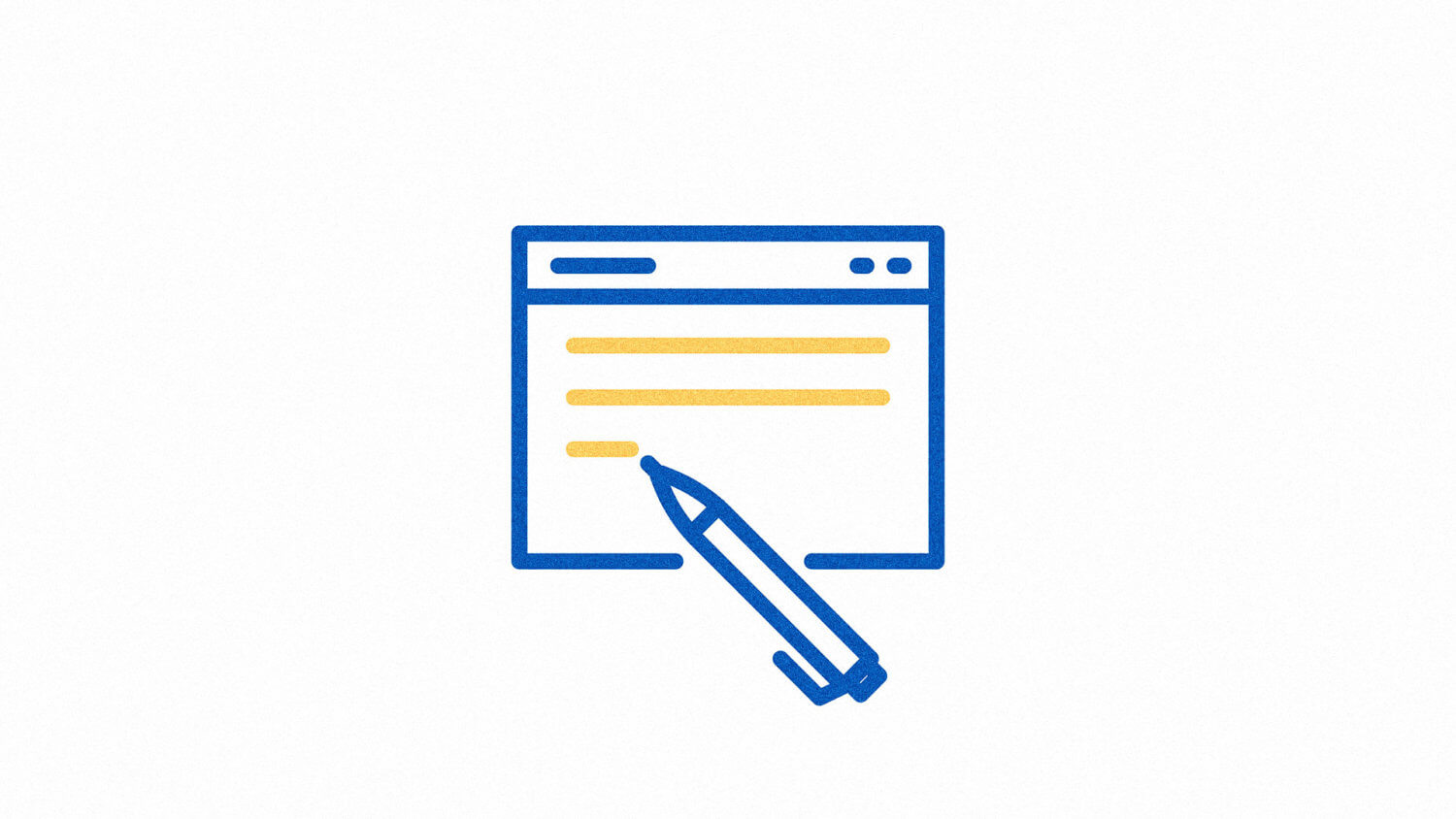One of the more daunting aspects of creating content is knowing how to write, but we’ve got a hack for you.
Eliminate the “how” of your next blog post with a template.

Routines Hone Craft
If you want to be a writer, you have to write. If you want to want to write well, you have to do it over and over again. In the context of building your platform to promote your business, the time available to you to write may be somewhat limited. That’s where understanding the components of a great blog post comes in handy.
By following a template for creating blog content, you can eliminate friction in the writing process while dramatically reducing the amount of time required to generate content.
Our founder, Michael Hyatt, built a successful business while writing over 100 blog posts per year using the very template outlined below. While the end result of each post may not perfectly match this outline, Michael always starts with it for two important reasons:
First, it will help you start, and starting is the hardest part of writing content.
Second, it will help you write faster, as a template provides you with a track to run on.

Try Platform University!
Want to give Platform University (your one-stop shop for building an online audience) a spin? Get your first week of Platform University for just $1. Cancel anytime. Try Platform University for Just $1Here are the six proven components of a great blog post:
- Compelling Title. “On the average, five times as many people read the headline as read the body copy. When you have written your headline, you have spent eighty cents out of your dollar.” The same is true for blog titles (and the Twitter and Facebook posts you will use to link to your blog). If your title isn’t catchy, your readers will never get to the bottom of the page.
- Lead Paragraph. This is essential. You need to quickly unpack your compelling title and set up the premise of the post. If you take too long, you’ll lose readers.
- Relevant Image. The right picture sets a context for your post fast. That’s why most commercial advertising utilizes both words and images to make their point. Plus, a great picture will encourage a casual reader to stop skimming and start paying attention. We get most of our images from Adobe Stock, but multiple options are available. Videos and GIFs work well too and are a great way to mix things up.
- Personal Experience. Your platform is built on you and your expertise. There is no better way to forge a connection with your readers and establish trust than to use personal examples from your own life and experience.
- Main Body. Everything to this point has been an introduction. We always try to make the meat of our posts scannable. We use bullets, numbered lists—and often both. This makes the content more accessible to readers and more sharable via Twitter and Facebook.
- Discussion Question. Your original content should be the beginning of a conversation. We recommend you ask a question at the end of each post and encourage readers to respond in your blog comments or contact you directly. Be sure your social media accounts and contact information are easy to find on your site.
Our founder, Michael, also offers a few tips as you write:
- Make the posts short. This is hard for all of us. Consequently, Michael aims for 500 words. This usually means I have to write the post and then go back and tighten it up.
- Use short paragraphs. Try to stick to 3–4 sentences. If it’s more than this, the content looks too dense. Readers will give up and move on. (Notice how newspapers usually follow this rule.)
- Keep short sentences. As a general rule, we try to avoid compound sentences. A period gives the reader a natural stop—and a sense of progress as they pass one milestone after another. To quote a common copywriting axiom, short sentences make the copy read fast.
- Use simple words. We love language, so we are often tempted to use big words. However, we suggest you avoid this. The goal is to communicate, not to impress readers with your vocabulary.
- Provide internal links. You can’t say everything in one post. We suggest you link to other posts where you have discussed a thought or topic in more detail. This has the benefit of increasing page views and average time on site. Plus, it’s helpful!
Writing great content doesn’t have to be hard. Just follow a template to help get you started.



